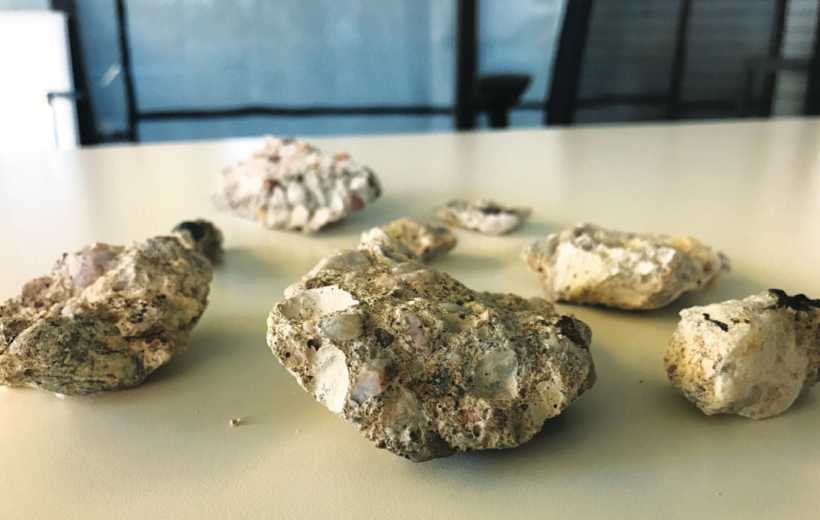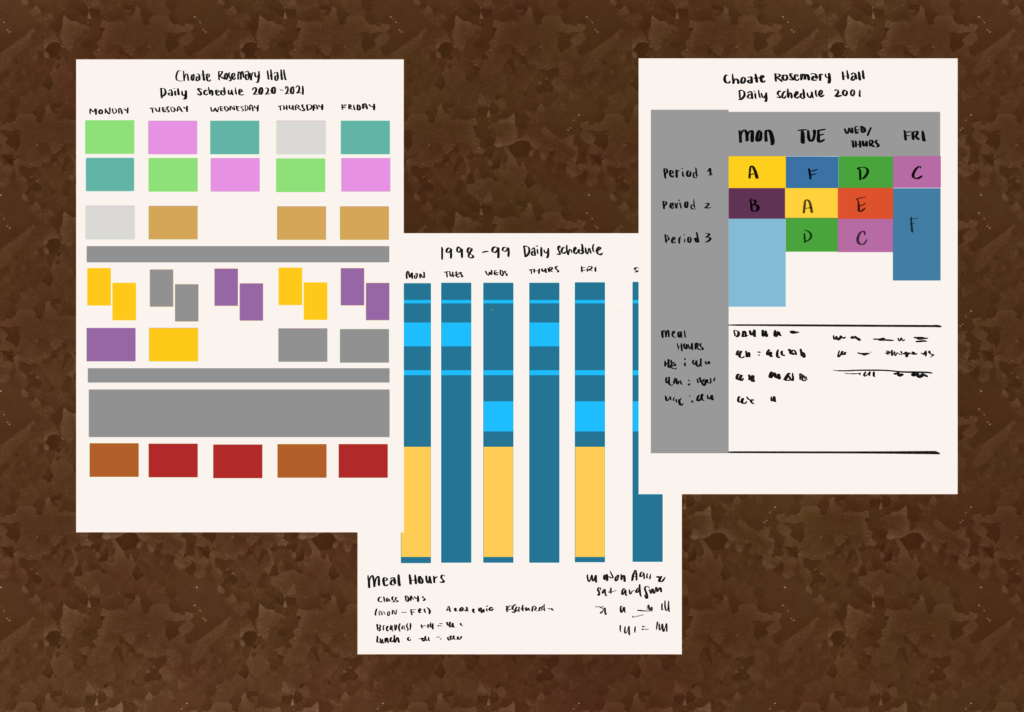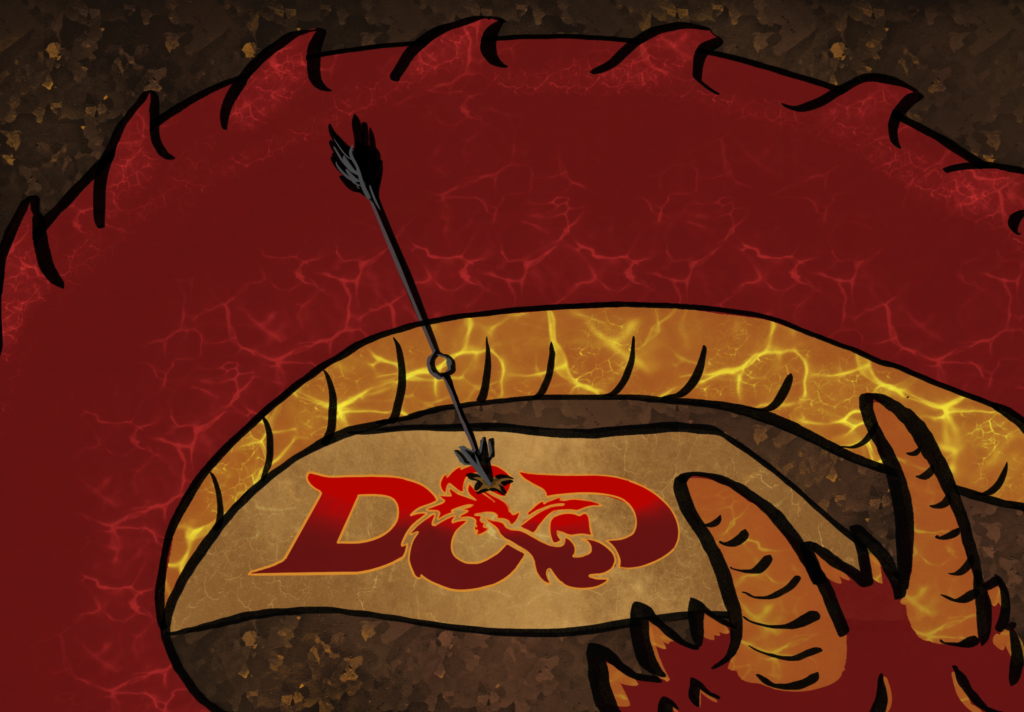What would it feel like to tear down — and keep — pieces of history with your very own hands? Perhaps Mr. Jim Yanelli, Choate’s Director of Student Activities, knows. He is in possession of several small chunks of the Berlin Wall, acquired upon the Wall’s fall, in 1989.
At the time, Mr. Yanelli lived in the U.S., but he traveled to Germany to witness the physical destruction of the wall. With friends living in Germany, Mr. Yanelli recounted, he “went there in celebration with our little hammers to hack away at it.” He brought back around eight pieces.
Mr. Yanelli’s relationship with Germany and the Wall began long before reunification: for eight years, from 1973 to 1981, he resided in Berlin. Initially a student spending a year abroad, Mr. Yanelli enjoyed the experience and the city so much that he decided to stay, studying in Berlin for another three years before joining the U.S. Army and Air Force as a civilian contractor working in the education branch. “As a person growing up in suburban America,” Mr. Yanelli said, “living in a big capital was incredibly interesting and exotic.” (Mr. Yanelli spent his early years in Meriden, Conn.)
Despite the beauty of Berlin, however, the consequences of the harsh division of Germany, both physical and political, were palpable. “The no-man’s land between East and West Berlin was characterized not only by the wall, but also by fences that had cases of bullets that would discharge if you touched them, by big steel girders coming out of the ground at street crossings, and by dogs in watchtowers — it was an elaborate, complicated maze of barriers,” explained Mr. Yanelli.
Mr. Yanelli was able to cross the border in Berlin and catch glimpses of life beyond the Wall, in East Berlin and nearby areas in East Germany, on several occasions. It was a much less developed environment — the cities along the Polish border, for example, remained virtually untouched from World War II. Mr. Yanelli recalled, “Not a drop of paint had been applied to the buildings, and they were still riddled with bullet holes.”
Through his travels, Mr. Yanelli also got to know several East Germans. One man, who lived above a bakery shop, told of how the bakery owner working below him had exclusive access to the building’s telephone by day and would flip a switch upon the bakery’s closing so he could have access to the telephone at night.
“I got to understand the restricted nature of life in East Berlin and the heaviness that it brought with it to many people who lived there,” Mr. Yanelli commented, “It was nice to be an observer — it wasn’t really my life as much as it was my opportunity to understand other people’s lives.”
More than two decades have passed since the Wall fell, but the pieces Mr. Yanelli has — and that museums, individuals, and other organizations own around the world — remain a lasting reminder of the once dangerous and damaging tensions between East and West Germany. For Mr. Yanelli, “The experience was less about the process of having a relic than it was participating in the tearing down the divide.” As for what he will do with the pieces in the future, Mr. Yanelli plans to use the rock to make drawer handles.






One Comment